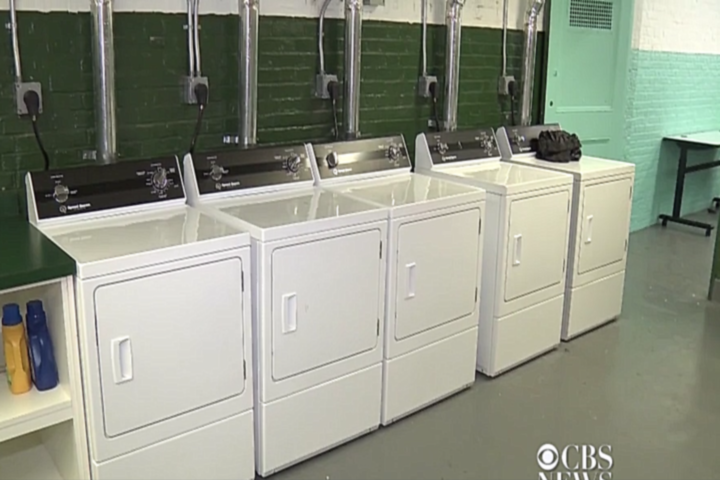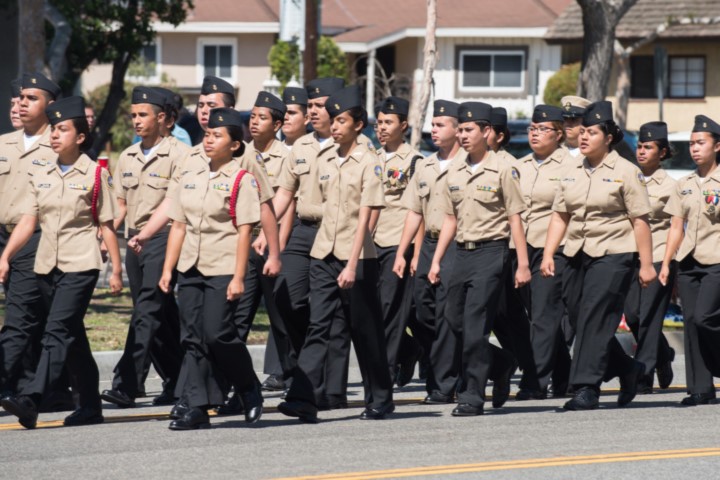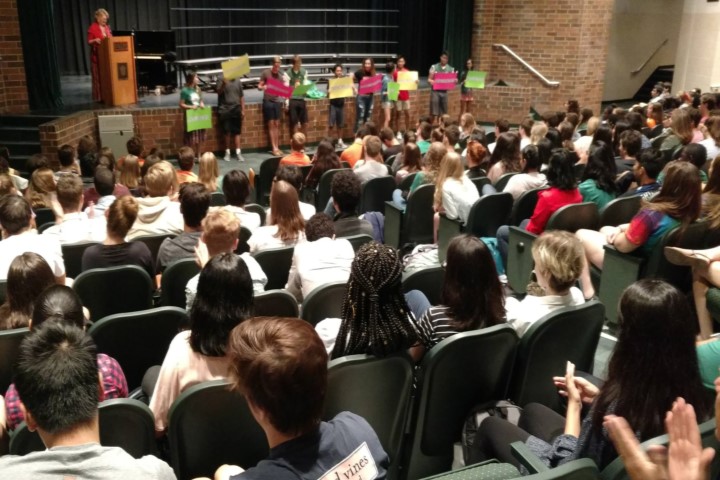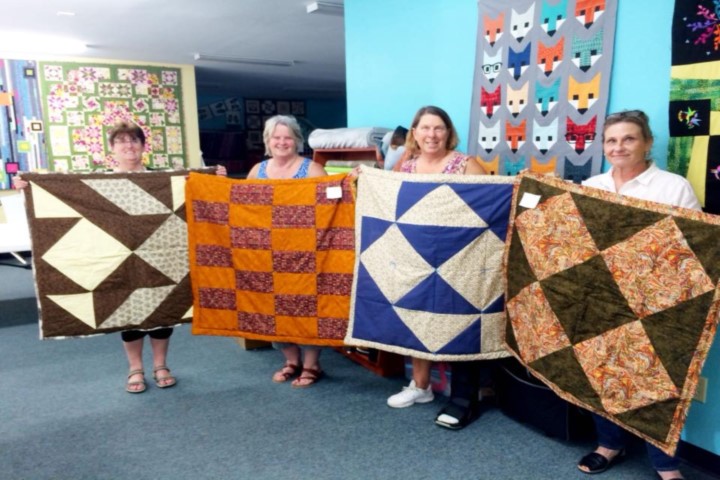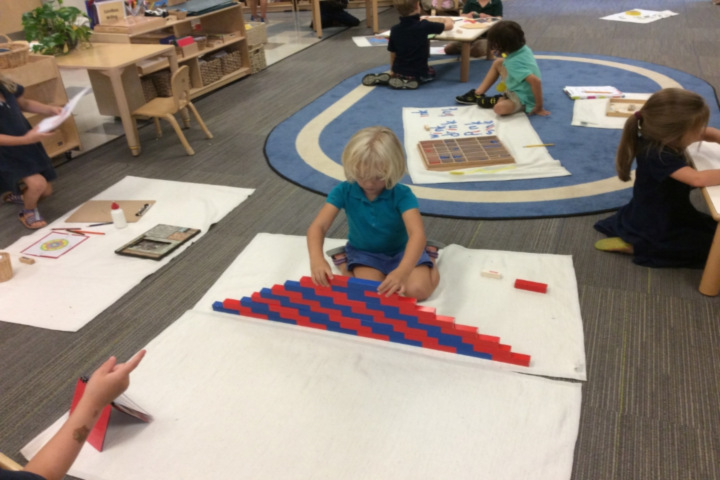At Utah’s Olympus High School, students are taking the lead to combat bullying and mental health issues like anxiety and suicide.
The school’s student body launched an initiative to start the 2018-19 school year called “Be Strong,” and it’s aimed at creating “safe spaces” for the Salt Lake City students to discuss important issues including bullying and mental health in a supportive environment, KUTV reports.
“I know the affects of bullying,” Be Strong student leader Keziah Mayer told the news site. “I have 10 other officers who work with me and we come together at forums once a month.”
The forums rely on experts to come in to speak with students about mental health issues, how students can seek help, and the close connection between those issues and others like bullying.
“We’re going to have a lot of speakers come in and talk about anxiety awareness,” Mayer said. “I know that a lot of people who suffer from anxiety take it out in … not the best ways. And I know that can lead to bullying.”
Other efforts are as simple as challenging students to say “hi” to a new person every day, said Ian Jones, student body president.
“You hear stories of kids saying ‘hi’ to each other in the halls and it goes a long way,” he said. “So, simple things like that, to counteract the bullying that goes on.”
The group is reaching out to parents to speak with their kids about bullying, and promoting free resources like the SafeUT app – which allows students to report bullying anonymously. Granite School District spokesman Ben Horsley told KUTV he expects Be Strong will prove effective than other anti-bullying efforts, simply because the message is coming from the students themselves.
“Frankly, students listen to their fellow peers a lot more than they listen to their adults,” he said. “We’ve seen a lot more in the last few years of them taking on these roles of anti-suicide, anti-anxiety, welcoming, anti-bullying messages.”
The Be Strong leaders are working to establish new habits and traditions at Olympus that focus on kindness and empathy for peers struggling through life’s challenges, which sociologist James Davison Hunter points out in his book “The Tragedy of Moral Education” is critical for prompting people to take action.
“What empathy we feel may help us understand someone else’s needs, and even feel the desire to help that person,” Hunter wrote. “But without embedded habits and moral traditions, empathy does not tell us what to do, nor when, nor how.”
At Olympus, one of the major avenues for action is the SafeUT app, which “is a statewide service that provides real-time crisis intervention to youth through texting and a confidential tip program – right from your smartphone,” according to the website, which is run through the University of Utah.
“Licensed clinicians in our 24/7 CrisisLine call center respond to all incoming chats, texts, and calls by providing supportive or crisis counseling, suicide prevention, and referral services,” according to the site. “We can help anyone with emotional crises, bullying, relationship problems, mental health, or suicide related issues.”

